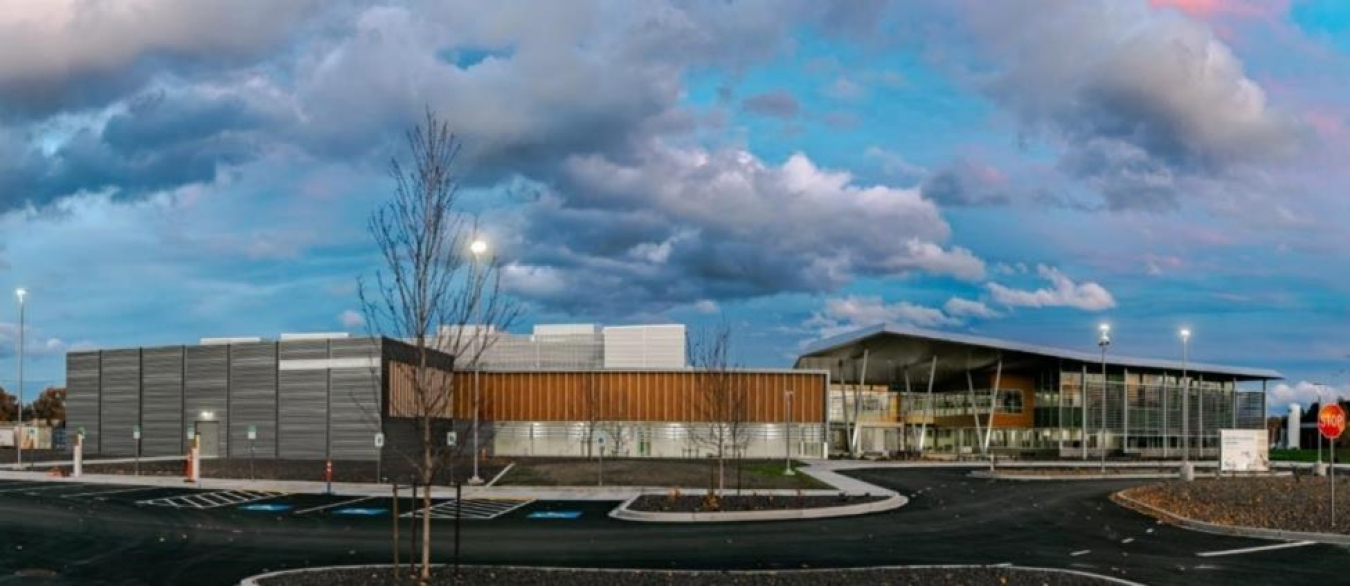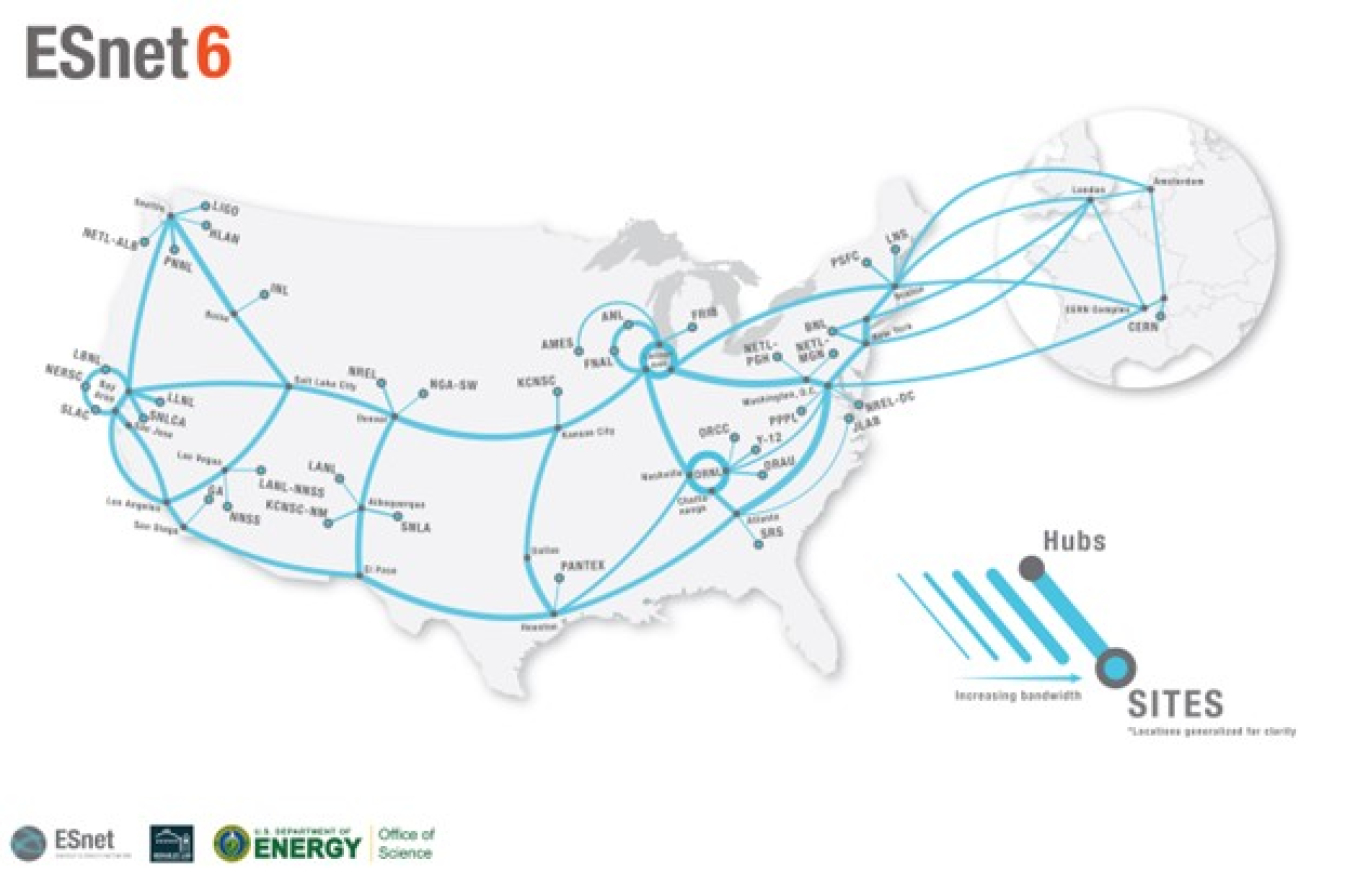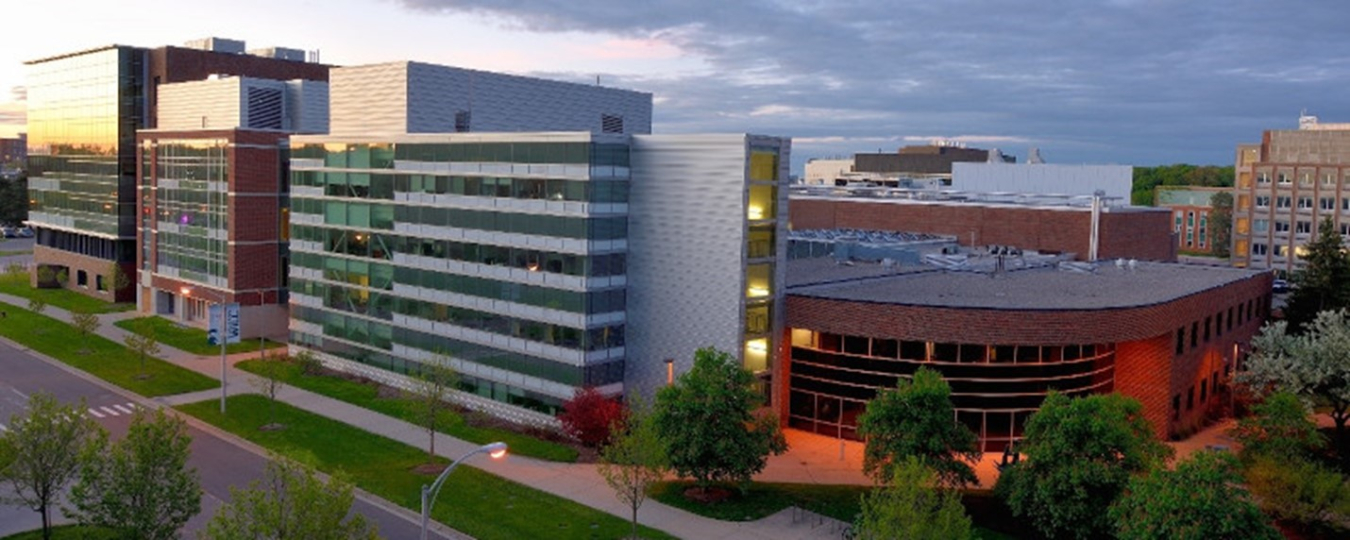Each year, the Secretary of Energy recognizes teams that completed major Office of Science projects on time, within budget, and ready for their science missions.
April 26, 2023The Department of Energy (DOE) Office of Science (SC) operates some of the world’s most advanced instruments and facilities. Planning and building the best tools for science can require as much expertise and precision as research itself.
Each year, the Secretary of Energy recognizes teams that completed major DOE projects on time, within budget, and ready for their departmental missions. The Project Management Awards are based on cost and schedule, complexity, problem solving, communication, and other achievements.
This year, the Office of Science’s Energy Sciences Capability Project team received a Department of Energy Project Management Achievement Award, which is presented to an individual and/or team who have demonstrated “significant” results in completing a project within cost and schedule.
The Office of Project Assessment (OPA) also recognized two projects that were not eligible for the DOE Secretary Award due to their classification as an IT project and a cooperative agreement: Energy Sciences Network (ESnet6) Project and the Facility for Rare Isotope Beams (FRIB).
Excellence Award
The Energy Sciences Capability Project at the Energy Sciences Center
The Energy Sciences Center (ESC) at Pacific Northwest National Laboratory has had a major overhaul. The Energy Sciences Capability Project addressed multiple upgrades to create sufficient hood space for catalysis synthesis and collaboration and proper environmental controls for state-of-the-art in situ characterization. It also included space to integrate experimental capabilities and provide room for collaborators and strategic partners.

With these upgrades, the ESC is now a fully operational, world-class center for research collaboration and discovery in chemistry, material sciences, and energy technology.
The Energy Sciences Center houses 52 modern and flexible laboratory modules, 200 workstations, and technology-enabled collaboration spaces. It addresses multidisciplinary goals, with more laboratory and office space than originally scoped.
The Energy Sciences Capability Project team overcame challenges such as impacts from COVID-19, archeological artifact discoveries, and abnormal wildfire/smoke to finish on budget and 15 months ahead of schedule in August 2022.
The project exceeded the High-Performance Sustainable Building criteria. This accomplishment was largely due to the sustainability award-winning Heat Transfer Building, which received the 2022 DOE sustainability award for “Outstanding Sustainability Program/Project.”
Deputy Secretary David Turk presented the DOE Secretarial Achievement Award to the Energy Sciences Capability Project team at the DOE Project Management (PM) Workshop in Washington, DC, on April 12, 2023. The Federal Project Director, project team, and Science Laboratories Infrastructure team accepted the award.
Office of Project Assessment Awardees
OPA also recognized the ESnet6 and FRIB projects, which were not eligible for the Secretary’s Award. Both projects were implemented under a tailored approach to DOE Order 413.3b, even though it was not a requirement.
The Office of Project Assessment Awards for ESnet6 and FRIB were presented by Kurt W. Fisher, Director, Office of Project Assessment at a private ceremony after the first day of the PM Workshop. The Federal Project Director, project team, and SC’s Advanced Scientific Computing Research and Nuclear Physics program offices accepted the ESnet6 and FRIB awards, respectively.
Energy Sciences Network (ESnet6) Project
ESnet interconnects the DOE national laboratory system, dozens of other DOE sites, and approximately 200 research and commercial networks around the world. It enables tens of thousands of scientists at DOE laboratories and academic institutions across the country to transfer vast data streams and access remote research resources in real-time. ESnet supports the data transport requirements of all SC user facilities and provides the high-bandwidth, reliable connections that enable many thousands of the nation’s scientists to collaborate.

The ESnet6 project increased basic network capability and capacity. It also replaced end-of-life equipment, automated network operations and improved security services. In addition, it provided programmable network flexibility to support evolving computation and data models.
ESnet is stewarded by the SC Advanced Scientific Computing Research program and is managed and operated by the Scientific Networking Division at DOE’s Lawrence Berkeley National Laboratory.
The ESnet6 project reached successful completion more than two years ahead of schedule, and under budget.
Facility for Rare Isotope Beams (FRIB)
The Facility for Rare Isotope Beams (FRIB) was designed to be the most powerful heavy-ion accelerator in the world. FRIB enables scientists to make discoveries about the properties of short-lived nuclei not commonly found on Earth. These nuclei are known as rare isotopes. They have implications in nuclear astrophysics and fundamental physical interactions. They potentially also have applications for society, including in medicine, homeland security, and industry.

FRIB, the newest of SC user facilities, completed construction in 2022. It consists of a four-building complex that extends 32 feet underground and joins an underground tunnel 570 feet long, 70 feet wide, and 13 feet high. The tunnel houses a superconducting linear accelerator capable of delivering 400 kW at beam energies in excess of 200 MeV/nucleon.
This new SC user facility has an active user community of over 1,800 scientists. It accelerates beams comprised of stable atomic nuclei from hydrogen to uranium to half the speed of light. Then, a fragment separator uses 13 superconducting magnet elements to select isotopes and sends them to the experimental area. There, detectors measure their unique properties or interaction with other nuclei.
The project team was commended for its ingenuity and outstanding planning to successfully complete the project within budget and on schedule. FRIB is a proud and extraordinary achievement for DOE and the nation.
The Office of Science is the single largest supporter of basic research in the physical sciences in the United States and is working to address some of the most pressing challenges of our time. For more information, please the Office of Science website.

